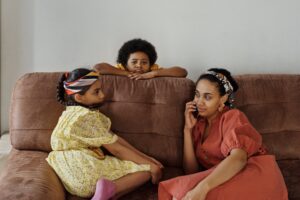Originally written by Cassandra Marie Vella on Paige’s Tutoring
Dioramas are fun ways for children to focus on building their reading comprehension skills. These activities offer a way for a child to showcase what they’ve learned from a selection they have read. Dioramas are also great ways for children to bring their imagination to life and connect what they learn in their reading to a real world work of art that they’ve built all by themselves.
What is a diorama?

A diorama is a model that represents a scene as a three dimensional showcase which can include miniature figures and landscape, or be as large as a museum exhibit. Outside the classroom, it used to be common for dioramas to be scenic paintings specifically built to be viewed through a peephole that change colors and viewing directions as lighting changes over time throughout a day or with different weather. But it’s far more common today for a diorama to be used as a miniature movie set used for planning special effects or animation.
When can a child build a diorama?

Summer reading offers a prime time to build a unique diorama outside of the classroom. But when teachers offer the option, dioramas can be fun, easy ways to earn a science, history or language arts grade. These projects can take a little more time than a poster board as they require some additional materials, but they can still be easier than researching sources to cite on a poster or a paper.
How can a child build a diorama?

Building a diorama is fun and simple and takes common materials that are usually found in a home or classroom. A small cardboard box, like a shoebox, offers the perfect dimension that may be needed for diorama. The contents inside the project however, depend on the scene the child is building, as well as the vision the child’s imagination is trying to build. Glue, construction paper, crayons, colored pencils, scissors, pencils, and other simple craft tools are ideal when it comes to a child’s diorama project.
Dioramas and models can be a fun way to meet course requirements or display a concept for a class project, or build reading comprehension skills outside of the classroom. Comment below any questions you may have and please let us know what story and scene your child chose to build.
Don’t forget to tag us in your social media photos so we can see how your child did!
How useful was this post?
Click on a star to rate it!
Average rating 0 / 5. Vote count: 0
No votes so far! Be the first to rate this post.



Responses